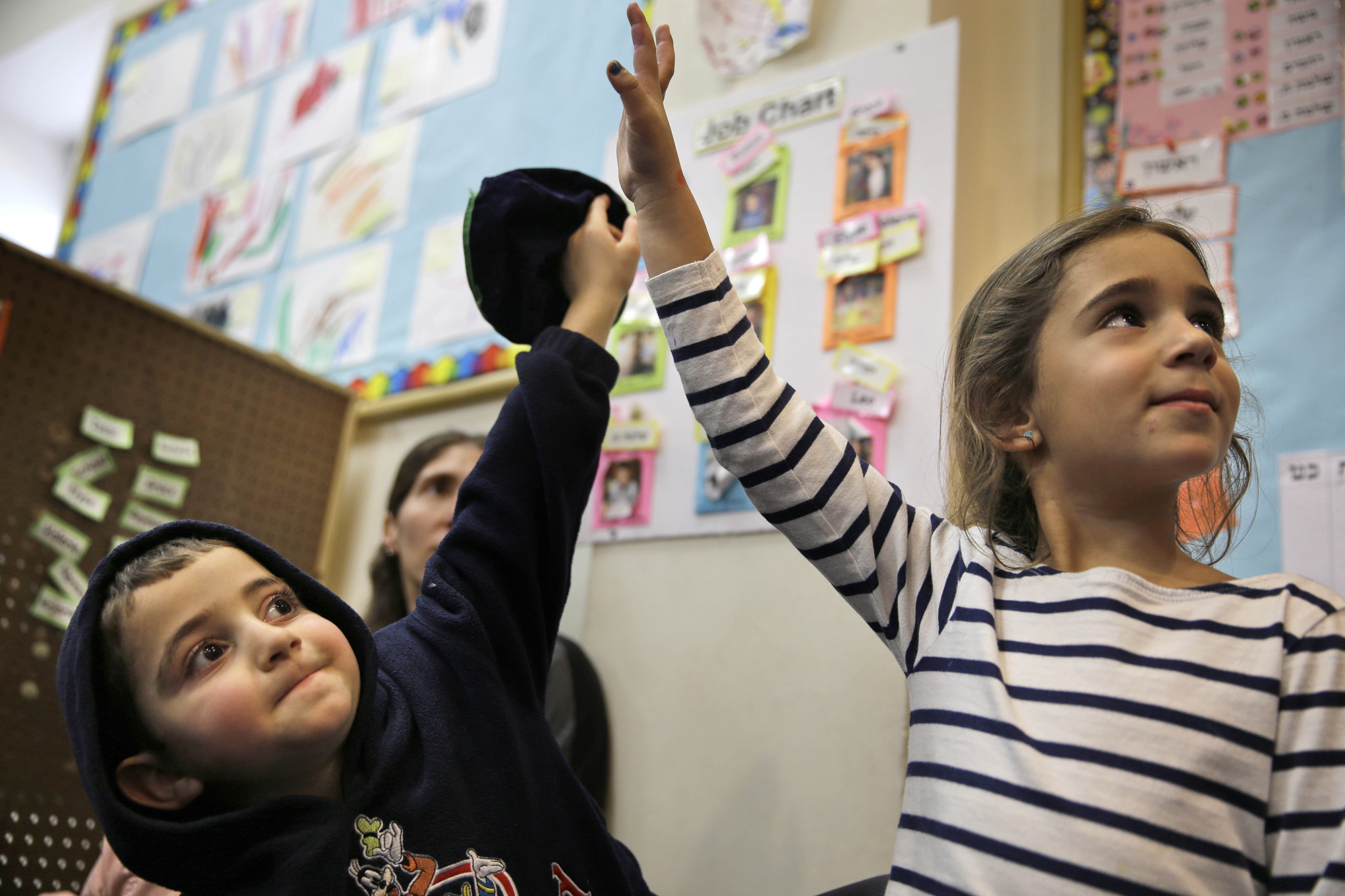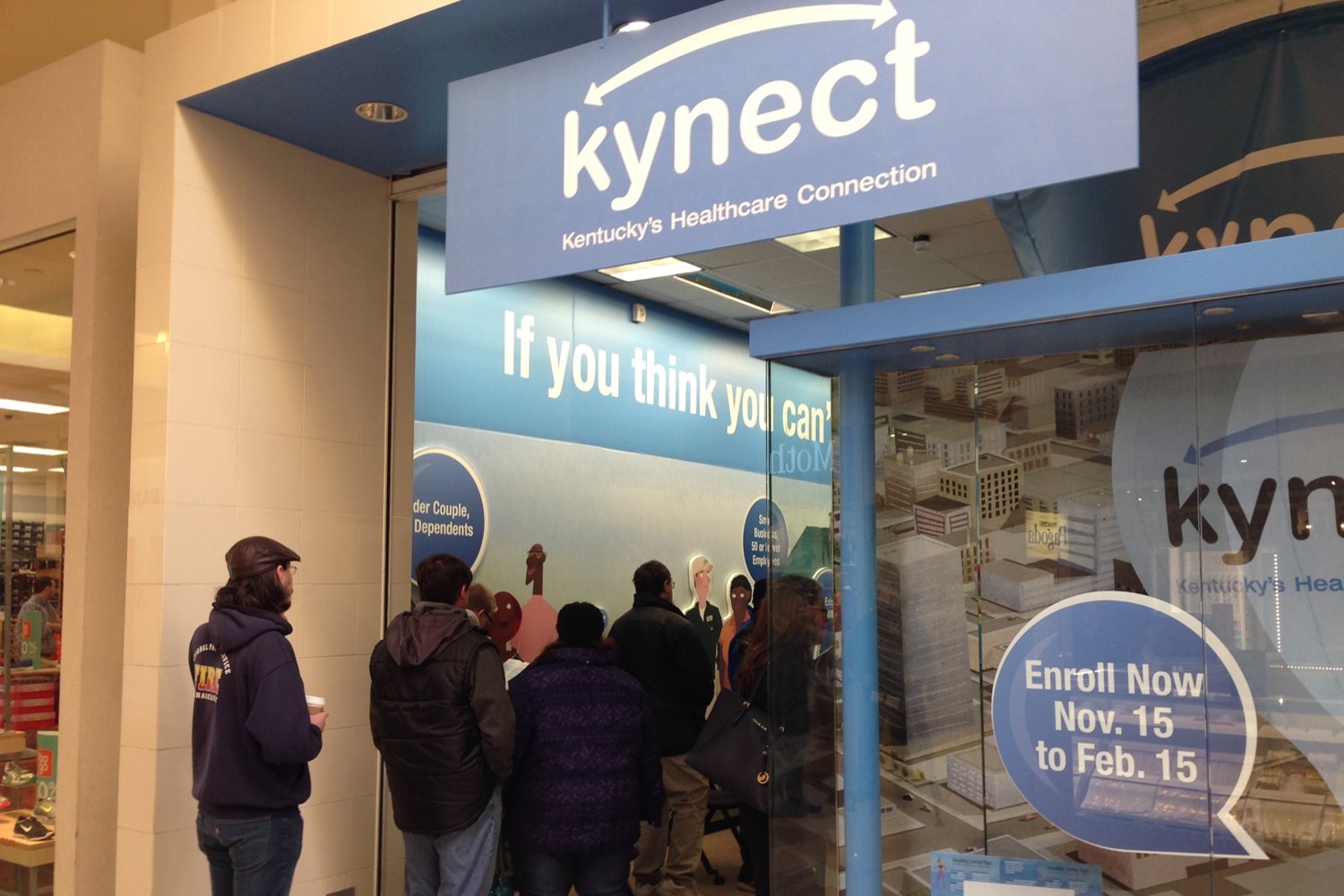In the summer of 2003, at the age of 18, I gave birth to my first child. A week after her birth, I learned I would have a harder path ahead than I had expected: The doctors told me that my daughter was born with a rare genetic condition called medium chain acyl CoA dehydrogenase deficiency. My heart sunk—14 years later, those words still ring in my ears.
I was scared. I worried that other things might go wrong with her after I learned about her medical condition. I started to look for resources, anything that would help me learn to be a good mother. I started a “baby and me” class at the hospital, and I was eventually referred to Parents as Teachers, an evidence-based home visiting program where a trained professional visited my home every week.
Get TalkPoverty In Your Inbox
My home visitor helped with every aspect of parenting—connecting me to a dietitian who could treat my daughter’s disorder, helping me access WIC so that my baby and I could afford to eat, and helping me learn about my baby’s development.
My baby’s metabolic disorder required her to be fed specific macronutrients every 2 hours. She required breast feeding until she was 16 months, and as she grew older I had to count calories, plan her diet, and account for every gram of fat she ate to keep her blood sugar balanced. It was a lot for me, as a young mother with a husband in the military. But my home visitor was there for me in a way that no one else was—she had time to listen to my feelings, and to talk through everything that was going on with my daughter.
I participated in Parents as Teachers for four months until my husband went back into the military and our little family moved from Idaho to Kansas. Even in that short period of time, I felt like I had learned so much about parenting.
Not long after we moved to Kansas, my husband was injured in combat during Operation Iraqi freedom. Then, in the spring of 2006, our second child was born. That pregnancy had a lot of complications that put me on bed rest, until I went into preterm labor 11 weeks before my son’s due date. There were a lot of shots, appointments, and a couple of hospital stays. But this time, I was able to participate in a local health district home visiting program during my pregnancy. I learned a lot about fetal development, and felt much more prepared for baby number two than I was for baby number one.
2007 brought baby number three, my second son, into our lives. He had a lot of age delays; he was hardly talking when he started Head Start at age 4. One day, his home visitor showed me that he was tongue tied. No doctor had mentioned that before—they’d all missed it. But she spent enough time with him to notice it, and she had the experience to know what it was. When he got his tonsils removed, they clipped his tongue to fix the problem, and his language development came quickly after that.
The thing about home visiting is that it’s not just about children. My home visitors made sure my kids were developing, but they helped me grow, too. We made family goals, and I found myself on the path to higher education. I knew that going to school was my only chance at a future where I could make enough money to support our little family.
So in 2010, when baby number four graced us with his presence, I went to college. I was accepted to the University of Idaho and granted an Operation Education Scholarship, which paid for the rest of my college education as well as living expenses so I would be able to focus on school and raising my children.
When I graduated, I became an Early Head Start teacher. Now I’m a home visitor with Parents as Teachers.
I’ve had 11 different home visitors as a mother. Being able to do the same work that I’d found so valuable makes me feel accomplished. But now, funding for home visiting—Maternal Infant Early Childhood Home Visitation grants (MIECHV)—is about to run out, and Congress’s plan to renew it would come at the expense of hundreds of thousands of people who depend on Social Security. That violates the entire spirit of the program, which is designed to support families and communities.
The bottom line is, we know home visiting works. It makes sense for taxpayers, since research shows that every taxpayer dollar invested in home visiting programs can return up to $5.70. And as a mother who relied on home visiting, and a home visitor myself, I know how impactful it can be. It changed my life and my children’s lives, and if home visiting is expanded the right way, it has the ability to uplift an entire generation of American families.











